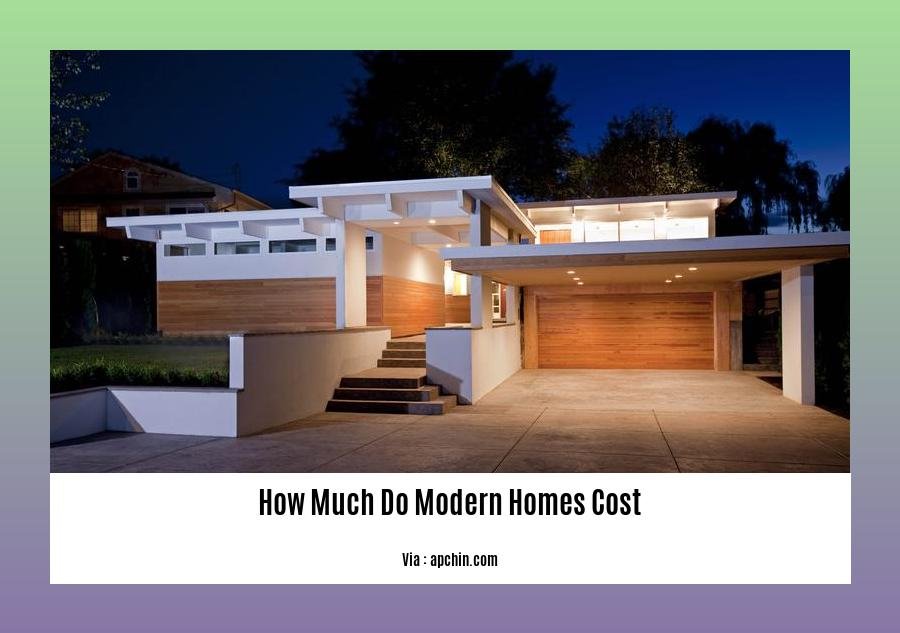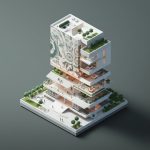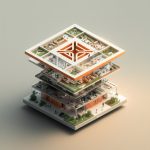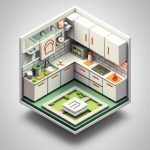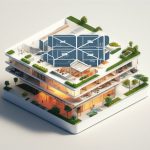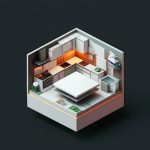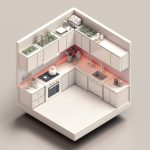Delve into the intricacies of modern home valuations with our comprehensive guide, [How Much Do Modern Homes Cost: Unveiling the Factors That Shape Their Value]. Discover the key elements that determine the cost of a modern home, from construction materials and architectural design to labor expenses and location. Whether you’re planning to build or buy, this article provides valuable insights into the costs associated with modern homes and offers practical tips for optimizing your budget. Explore the factors that influence modern home values and make informed decisions about your future home.
Key Takeaways:
-
The average cost of a modern home will vary depending on various factors, including location, size, materials used, and features included.
-
Modern homes offer benefits such as energy efficiency, open floor plans, large windows, sustainable materials, and integrated technology.
-
Financing options for modern homes include conventional mortgages, construction loans, and home equity loans.
-
Drawbacks to modern design include higher construction costs, limited storage space, lack of privacy, and difficulty finding qualified contractors.
-
Building a modern home can cost anywhere from $300,000 to $1,250,000, depending on factors like size, style, and location.
-
Renovating a mid-century modern home can range from $350 to $490 per square foot, while building a custom mid-century modern home from scratch can cost up to $500 per square foot.
How Much Do Modern Homes Cost?
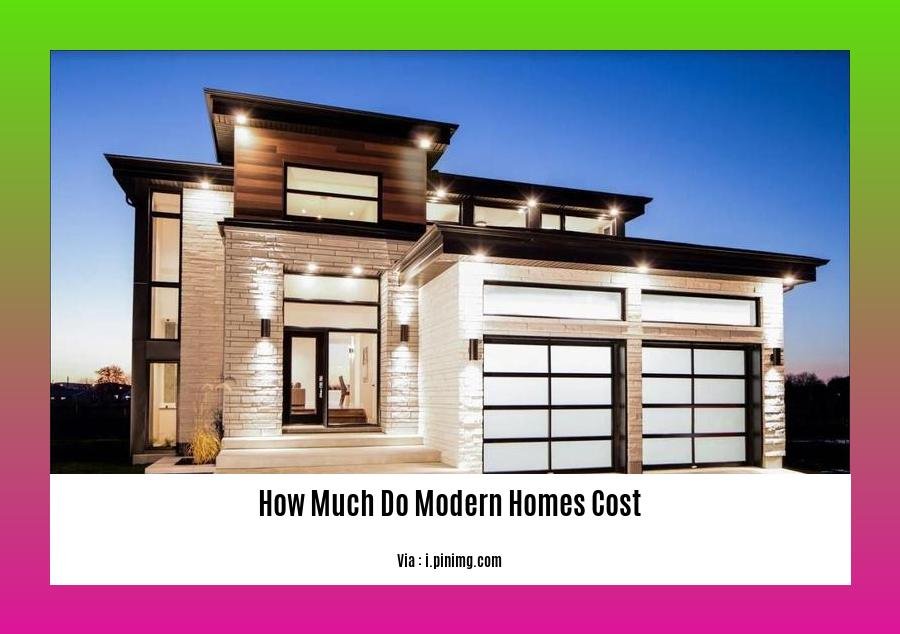
Modern homes, with their sleek designs and energy-efficient features, have become increasingly popular in recent years. However, the cost of constructing or purchasing a modern home can vary significantly depending on various factors. Let’s delve into the elements that shape the modern home’s price tag.
Factors Influencing the Cost
-
Location: The geographical location plays a crucial role in determining the cost of a modern home. Urban areas, where land is scarce, typically have higher construction costs compared to suburban or rural areas.
-
Size: The square footage of a modern home is another primary factor affecting its cost. Larger homes generally require more materials, labor, and land, leading to higher overall expenses.
-
Materials: The choice of materials used in construction significantly impacts the cost. High-quality, sustainable materials, such as energy-efficient windows, eco-friendly insulation, and durable siding, tend to be more expensive than traditional materials.
-
Design: The architectural design of a modern home can also influence its cost. Complex designs, intricate details, and custom features often require specialized labor and materials, resulting in higher expenses.
-
Construction Methods: The construction method employed also affects the cost. Traditional stick-built homes are typically more labor-intensive and time-consuming, while prefabricated or modular homes can offer cost savings due to their standardized components and efficient assembly.
Cost Breakdown
To provide a better understanding of the modern home’s cost structure, here’s a breakdown of the typical expenses involved:
| Cost Component | Percentage of Total Cost |
|---|---|
| Land | 15-25% |
| Materials | 30-40% |
| Labor | 20-30% |
| Permits and Fees | 5-10% |
| Taxes | 3-5% |
Cost-Saving Strategies
If you’re planning to build or buy a modern home, there are several ways to save money without compromising quality:
-
Choose a smaller home: Reducing the square footage can significantly lower the overall cost.
-
Opt for simpler designs: Avoid complex architectural features and intricate details that require specialized labor.
-
Select cost-effective materials: While high-quality materials are essential, consider affordable alternatives that offer similar performance and durability.
-
Negotiate with contractors: Get multiple quotes from reputable contractors and negotiate the best price for materials and labor.
-
Explore energy-efficient options: Investing in energy-efficient appliances and systems can save money on utility bills in the long run.
In conclusion, the cost of a modern home is influenced by various factors such as location, size, materials, design, and construction methods. Understanding these elements and implementing cost-saving strategies can help you build or purchase a modern home that aligns with your budget and preferences.
Seek inspiration for your dream home in our gallery of modern homes, where sleek designs and cutting-edge technology converge. Explore the seamless fusion of comfort and innovation in these abodes.
Discover how modern homes embrace the harmonious blend of aesthetics and functionality by delving into our curated collection of modern homes and tech. Witness the captivating interplay of design and technology, creating spaces that are as visually stunning as they are practical.
Connect with experienced professionals in the field by exploring our directory of modern home builders. Whether you envision a minimalist retreat or a technologically advanced masterpiece, find the right partner to bring your vision to life.
Uncover the leading modern home builders in Atlanta by delving into our comprehensive guide. Discover the preeminent professionals who excel in crafting homes that embody both elegance and innovation, setting the standard for contemporary living.
Cost Breakdown: Understanding the Factors That Shape Modern Home Prices
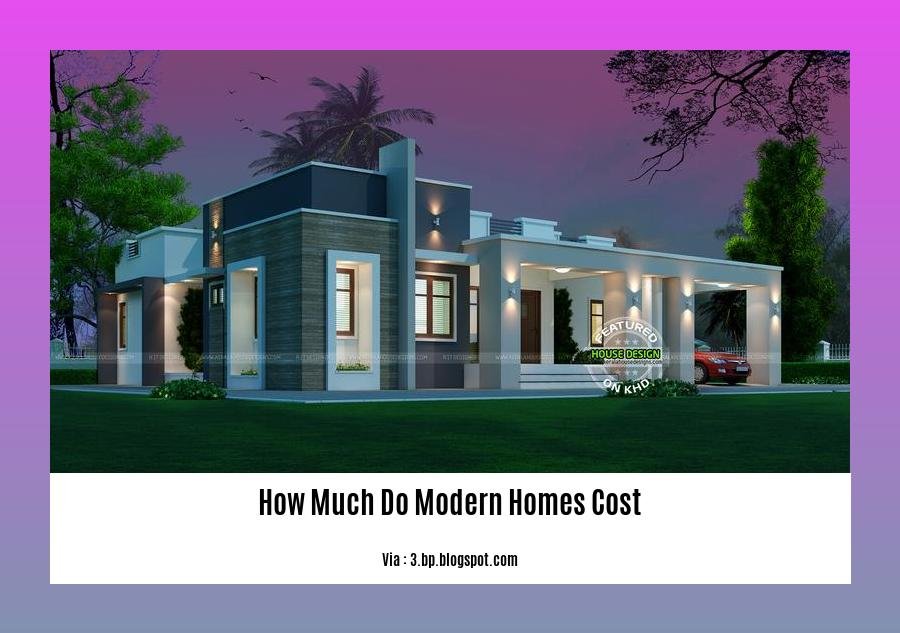
Modern homes are increasingly popular for their stylish designs, energy efficiency, and innovative features. But how much do they cost? Let’s delve into the key factors that influence the Cost Breakdown of modern homes:
Location:
- Where you build your modern home significantly impacts its cost. Urban areas typically have higher land prices compared to rural or suburban areas. Proximity to amenities like schools, public transportation, and shopping centers also affects the overall cost.
Size:
- The size of your modern home, measured in square footage, is a major determinant of its cost. Larger homes generally require more materials, labor, and time to construct, leading to a higher price tag.
Materials:
- The choice of materials used in the construction of your modern home also affects its cost. High-quality, sustainable, or specialty materials often come with a higher price tag compared to standard materials.
Design:
- The complexity of the architectural design of your modern home influences its cost. Homes with intricate designs, unique shapes, or extensive use of glass and steel tend to be more expensive to build.
Construction Methods:
- The construction methods employed also impact the Cost Breakdown. Prefabricated homes, for example, may be less expensive than traditionally built homes due to reduced labor costs and quicker construction times.
Labor Costs:
- Labor costs vary depending on the region, availability of skilled workers, and the complexity of the project. In areas with high demand for construction workers, labor costs may be higher.
Permits and Fees:
- Building permits, inspections, and other fees associated with the construction process can add to the overall cost of your modern home. These costs can vary depending on local regulations and requirements.
Key Takeaways:
- Location, size, materials, design, and construction methods are key factors that influence the Cost Breakdown of modern homes.
- Urban areas generally have higher land prices compared to rural or suburban areas.
- Larger homes require more materials, labor, and time to construct, leading to a higher price tag.
- High-quality, sustainable, or specialty materials often come with a higher price tag compared to standard materials.
- Homes with intricate designs, unique shapes, or extensive use of glass and steel tend to be more expensive to build.
- Prefabricated homes may be less expensive than traditionally built homes due to reduced labor costs and quicker construction times.
- Labor costs vary depending on the region, availability of skilled workers, and the complexity of the project.
- Building permits, inspections, and other fees associated with the construction process can add to the overall cost of your modern home.
Sources:
- Cost to Build a House: A Detailed Breakdown
- How Much Does It Cost To Build A Modern Home?
Cost-Saving Tips
Beyond your dream home’s aesthetic appeal, budget constraints also demand your attention. Modern homes are renowned for their sleek designs, sustainable features, and personalized innovations. But, what if you could have all this without breaking the bank? Let’s explore some cost-saving tips that can help you build or buy the modern home you desire without compromising your financial stability.
Key Takeaways:
- Consider energy-efficient materials and appliances to minimize utility bills in the long run.
- Opt for a smaller home with a well-designed layout to maximize space utilization.
- Explore pre-fabricated or modular homes for a more budget-friendly construction option.
- Negotiate with contractors, compare quotes, and consider do-it-yourself projects to reduce costs.
-
Research government incentives and subsidies available for energy-efficient and sustainable homes.
-
Embrace Energy Efficiency:
Modern homes are often designed to be energy-efficient, but selecting energy-efficient materials and appliances can further reduce your utility bills. Opt for LED lighting, low-flow faucets, and energy-star rated appliances. These may have a higher upfront cost, but they’ll pay off over time.
- Think Space-Efficient Design:
Instead of aiming for a sprawling mansion, consider a smaller home with a well-designed layout. Careful planning can maximize space utilization without compromising comfort. Open floor plans, built-in storage, and multifunctional furniture can create a sense of spaciousness.
- Consider Prefab or Modular Homes:
Prefabricated and modular homes are becoming increasingly popular due to their budget-friendly nature. These homes are constructed off-site in sections and then assembled on-site, reducing labor costs and construction time. Prefab homes can save you up to 20% compared to traditional stick-built homes.
- Negotiate, Compare, and DIY:
Don’t be afraid to negotiate with contractors and compare quotes from multiple builders. The more quotes you gather, the better your chances of securing a competitive price. Additionally, consider taking on certain tasks yourself, like painting or landscaping, to save on labor costs.
- Explore Government Incentives:
Many governments offer incentives, rebates, and tax breaks for energy-efficient and sustainable homes. These incentives vary by region, so do your research to find out what’s available in your area.
Remember, building or buying a modern home doesn’t have to be an extravagant endeavor. By implementing these cost-saving tips, you can create a beautiful and functional living space that aligns with your budget.
Sources
Sources
FAQ
Q1: What are the Primary Factors Influence the Cost of Modern Homes?
A1: The cost of modern homes is influenced by various factors such as design and features, construction methods and materials, labor costs, and the size and location of the property. Additionally, specific custom finishes and energy-efficient features can further impact the overall price.
Q2: How Much Does it Typically Cost to Construct a Modern Mid-Century Home?
A2: The construction cost of a mid-century modern home typically ranges from $300,000 to $1,250,000, depending on the design, size, materials, and location. Renovating an existing mid-century modern home can offer cost savings compared to new construction, with expenses ranging from $350 to $490 per square foot.
Q3: Can Energy-Efficient Features Increase the Cost of a Modern Home?
A3: While energy-efficient features can initially raise the construction cost of a modern home, they can lead to long-term savings in energy bills. These features, such as solar panels, energy-efficient windows, and insulation, can reduce utility expenses and enhance the overall sustainability of the property.
Q4: What Cost-Saving Tips Can I Consider When Building a Modern Home?
A4: To manage costs when building a modern home, consider opting for pre-established designs, pre-cast concrete slabs, and cost-effective materials. Additionally, choosing a smaller or simpler home design, minimizing custom finishes, and carefully selecting construction methods can help keep expenses within budget.
Q5: Can I Reduce Costs by Renovating an Existing Mid-Century Modern Home Instead of Building New?
A5: Yes, renovating an existing mid-century modern home can be a cost-effective alternative to new construction. Renovation costs typically range from $350 to $490 per square foot, while building a new home may cost up to $500 per square foot. However, custom finishes and specific mid-century modern materials may increase renovation expenses.
- Decorative Wall Tiles for Kitchen: Stylish Design Ideas - November 29, 2025
- Decorative Wall Tiles: Style Your Home with Unique Designs - November 28, 2025
- Best Color Backsplash For White Cabinets: Ideas Youll Love - November 27, 2025
